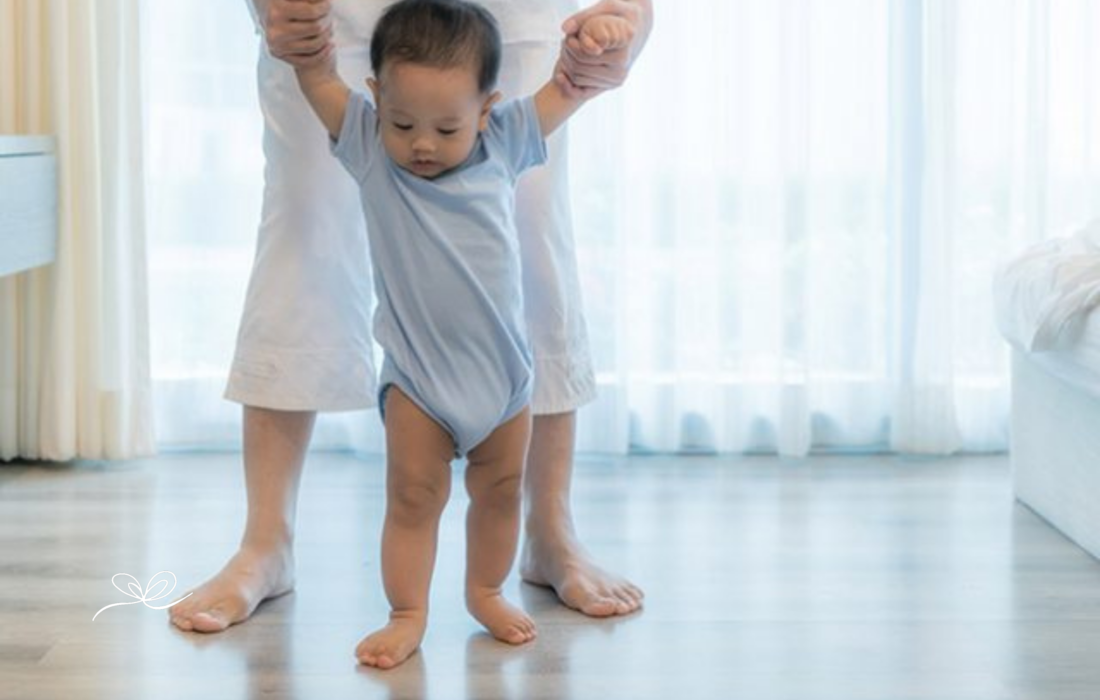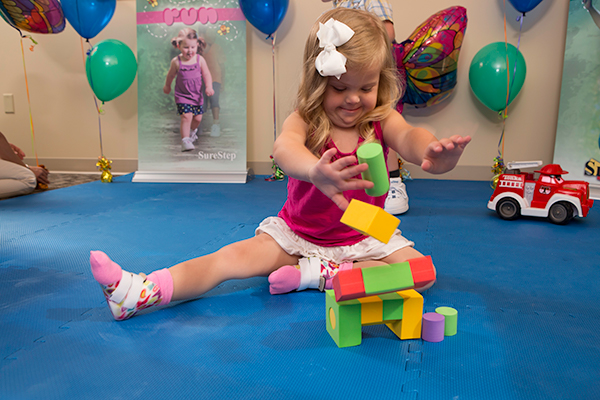
Hypotonia in Children | What Parents Should Know
FAQ'S
Hypotonia or “low tone” is a common term used in the therapy world, but a
lot of people have a misconception of what it is or what it can mean when it comes to meeting milestones. So let’s break it down!
Hypotonia means that the muscles have less tone in them than they should at
rest. Low muscle tone is different from muscle weakness which is low
tension in the muscles when they are working or contracted. Now most kiddos
with hypotonia also typically show signs of muscle weakness and this is
usually addressed and improved with therapy which will give the overall
appearance of improvement but muscle tone is actually controlled by the brain and does not improve with therapeutic exercises.
Kids with hypotonia often feel floppy or squishy, especially when
physically tired. They have to work extra hard to hold themselves up and
move against gravity, and many of them have hypermobile (loose) joints.
What causes hypotonia?
Unfortunately, there is no good answer to this. Hypotonia is a symptom, not a diagnosis and it is actually a symptom of hundreds of diseases and syndromes but it can also be unexplained (congenital benign hypotonia).
What to look for:
Signs of hypotonia can be easily spotted by a professional but to the non-medical parent, it can be difficult. Hypotonia is diagnosed by a doctor but the signs leading up to making that appointment can be seen at home. Typically there will be a delay in upright milestones, sitting, standing, and walking. But it is important to remember that just because a child is delayed in meeting milestones does not mean they have a diagnosable issue, sometimes kiddos meet milestones at different times and that is perfectly OK!

Some other things to look for:
- Floppy joints: Hips and ankles can bend beyond the normal range of motion. (laying in a split)
- Difficulty with tummy time: not pressing up through the hands to lift the chest by 5 months.
- Not bearing weight through the legs when supported upright by 6 months.
- Difficulty sitting upright, very dominant W sitting, or rounded back sitting.
- Wide hip positioning when crawling, tires out very quickly, after a few feet.
Typically your pediatrician can diagnose hypotonia and will then work with you on the game plan for your kiddo. This will sometimes include waiting it out to see how they develop or how delayed they are or they could refer you to outside therapies or specialists.
Developmental delay and hypotonia:
Just like with everything else every child will be different in this area. Some kiddos may have developmental delays when diagnosed with hypotonia but not always!
A lot of factors play into this, how involved parents are with working with their children can affect when they meet milestones. If left to figure it out on their own they will probably be delayed, but if they are worked with and pushed at home to meet the milestone they may meet them on time but still show difficulties with them.
For example, a child may sit up by the “normal” 6 months but they may sit with the W position or with the very rounded back to compensate for the low tone and to an untrained eye this may go unnoticed as a potential issue.

Therapy and Hypotonia
Typically children are encouraged to walk barefoot or as close to barefoot when first learning to walk for many reasons, sensory-motor, balance…the list goes on but for a kiddo with hypotonia this may not be the best option. Loose joints, specifically ankle joints will make walking difficult. Having shoes on will help to maintain that joint alignment, therapy may also prescribe SMO’s (Supra Malleolar Orthotics here help stabilize the ankle and prevent the arch of the foot from collapsing) to wear with shoes.
Using sensory interventions to increase activity levels before movement may also help them give their best efforts when working. Therapeutic brushing techniques such as the Wilbarger Therapressure Protocol may be used to stimulate the kiddo before physical activities. Sensory play and stimulation may help stimulate and “wake up” the muscles a bit more before producing certain activities.
Hypotonia can also affect speech and oral motor muscles cause difficulties in speaking, eating, or swallowing. When referred to outside therapy PT, OT, and speech will do the necessary evaluation to determine what services will best benefit your kiddo.
CHECK OUT THIS RELATED BLOG POST:
Will hypotonia go away?
You may see some improvement over time but hypotonia will not go away altogether.
The goal of therapy is to strengthen the muscles and improve coordination and sensory processing as much as possible. Stronger muscles will help stabilize hypermobile joints and help bodies who have to work a little harder to be upright and move against gravity.
My advice to a parent who may suspect their child has hypotonia is to speak to your doctor. Bring pictures or videos of things that may concern you and ask questions from a place of curiosity, not anxiety.
Recent Posts
- Play-Doh Themed Birthday Party: A Sensory Friendly Experience April 16, 2024
- Understanding and Supporting Autism: A Guide for Autism Awareness April 15, 2024
- Spring in the Valley 2024: Peace, Love, and SGF March 12, 2024
- SGF’s Impact in 2023: Celebrating A Year of Community Support March 11, 2024
- Celebrate International Women’s Day with Kendra Scott and SGF March 6, 2024
By Ashley Elrod
Ashley Elrod is originally from Rome, Georgia, and currently works in Rome as a full-time Occupational Therapy Assistant in a local school system. She graduated with her degree in 2016 and has worked with children ever since.

